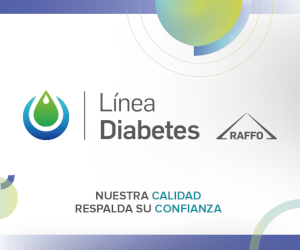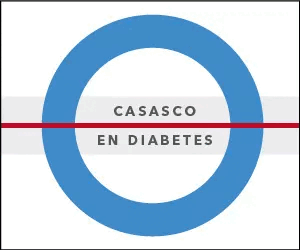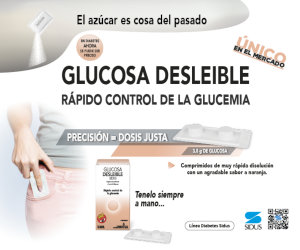P47 Physical activity prescription: 16 years later
DOI:
https://doi.org/10.47196/diab.v54i3Sup.433Keywords:
physical activity, prescription, 16 years laterAbstract
Introduction: Regular physical activity contributes to metabolic control, reduction of cardiovascular risk factors and influences the feeling of physical, mental, and social wellbeing. In 2002, members of the SAD Physical Activity Committee studied the frequency of physical activity prescription and its association with personal factors in doctors attending the XIII Argentine Diabetes Congress. Of the respondents, only 39.3% declared that they prescribed physical activity on a regular basis. 16 years later, professionals from the Atlantic Chapter of the SAD raised the need for a new survey to determine the current situation.
Objectives: 1) Describe the frequency that doctors attending the XXI Argentine Diabetes Congress prescribe physical activity 2) Compare the results with those obtained in 2002 3) Evaluate the physicians personal and attitude factors related with the prescription of physical activity.
Materials and methods: 281 doctors (77% women), attending the XXI Argentine Diabetes Congress (Mar del Plata, 2018) were surveyed about their prescription frequency, form (verbal or written), non-prescription causes and personal factors that could influence their attitude: age, risk factors and physical activity practice. Descriptive statistical comparisons were made between the two years of study by calculating proportions and graphical representations. A cross-sectional analysis of cases and controls was performed, calculating the odds ratio. For each odd ratio, the confidence interval (CI) was calculated with P <0.05. The statistical software InfoStat was used.
Results: In 2018, 100% of the professionals declared to prescribe physical activity versus 368 of 937 (39%, CI 36-42; P <0.05) of the respondents in 2002, showing a significant increase in the recommendation. In 2018, 194 of the 281 respondents (69%, CI 64-74; P <0.05) affirmed to do the indication in written form versus 101 of 368 in 2002 (27.4%, CI 22-32; P <0, 05). Of the 281 respondents, 88% reported physical activity practice. No association was observed between the lack of physical activity and the presence of cardiovascular risk factors. The correlation matrix showed a positive relationship between smoking and diabetes, as well as between hypertension, overweight and metabolic syndrome (P <0.05). Male and overweight doctors had a significantly higher risk of diabetes (OR 4.91 and 4.67 respectively; P <0.05). Hypertensive, overweight, and male physicians showed a significantly higher risk of metabolic syndrome (7.16, 6.84, and 2.51 respectively, P <0.05).
Conclusions: The systematic prescription of physical activity was declared by all the doctors surveyed in 2018, regardless of personal factors and physical activity practice. Most professionals (69%) declared that the indication was made in written form. In contrast, 16 years ago, prescription of physical activity was only declared by 39.3% of doctors and only 27.4% did so in written form. Taking these changes into account, we find an encouraging outlook. The practice of physical activity in the studied population had no impact on their health condition. The risk factors in the analyzed group were overweight and male sex for diabetes; and overweight, hypertension and male sex for metabolic syndrome.
Downloads
Published
How to Cite
Issue
Section
License

This work is licensed under a Creative Commons Attribution-NonCommercial-NoDerivatives 4.0 International License.
Dirección Nacional de Derecho de Autor, Exp. N° 5.333.129. Instituto Nacional de la Propiedad Industrial, Marca «Revista de la Sociedad Argentina de Diabetes - Asociación Civil» N° de concesión 2.605.405 y N° de disposición 1.404/13.
La Revista de la SAD está licenciada bajo Licencia Creative Commons Atribución – No Comercial – Sin Obra Derivada 4.0 Internacional.
Por otra parte, la Revista SAD permite que los autores mantengan los derechos de autor sin restricciones.







































